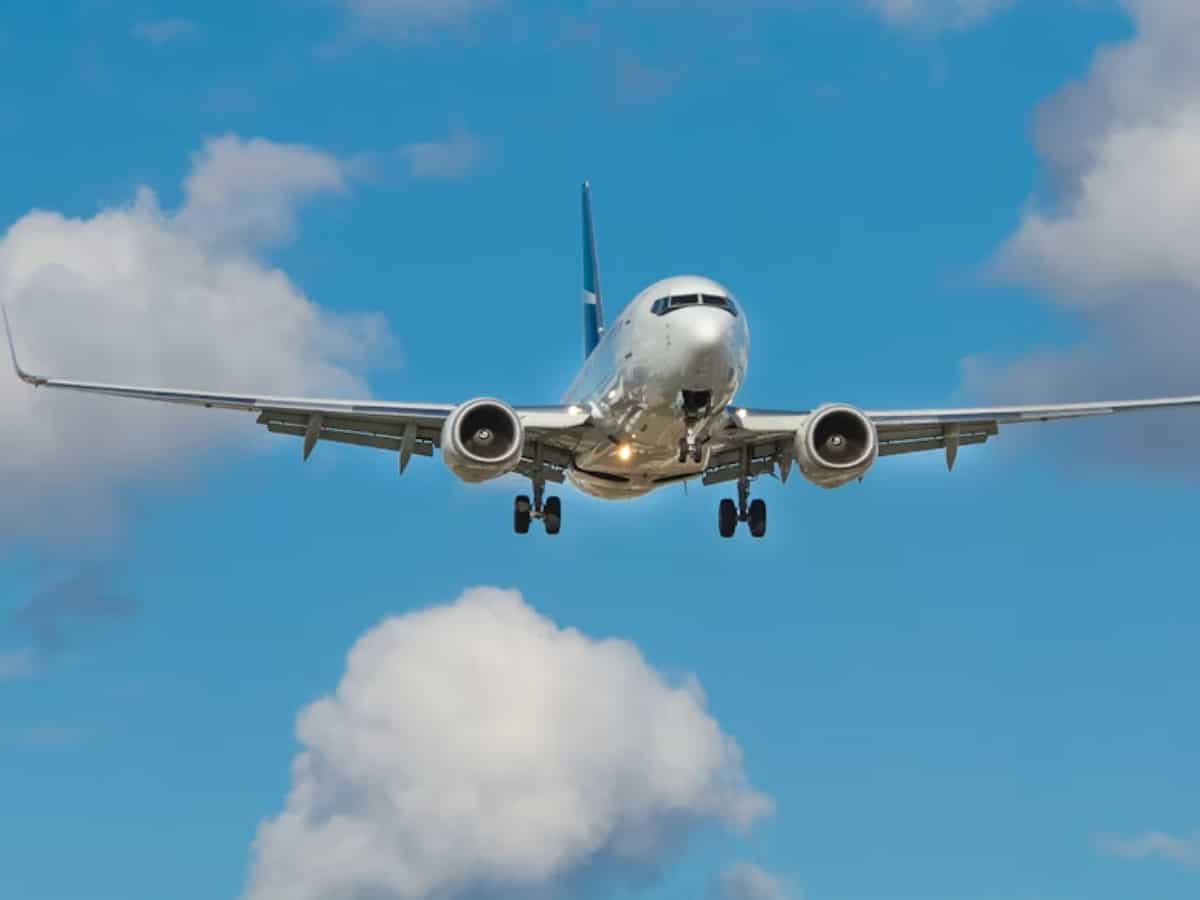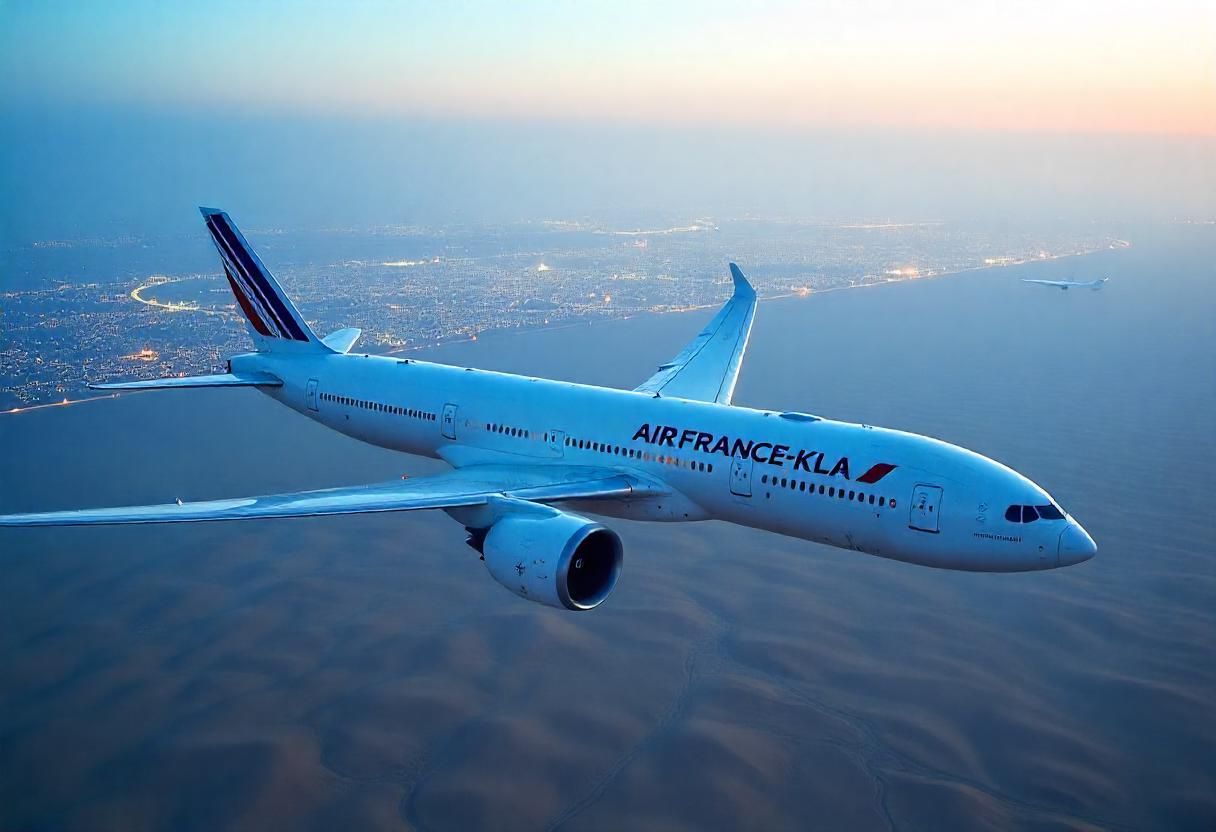Thailand Positions Itself As A Strategic Aviation Powerhouse With Thai Airways Pursuing Next Generation Boeing Aircraft To Secure Trade Advantages And Growth - Travel And Tour World
Monday, July 14, 2025

Thailand is emerging as a strategic aviation hub as Thai Airways accelerates plans to acquire next-generation Boeing aircraft, aiming to strengthen global trade links, boost economic growth, and cement its dominance in the regional aviation sector.
Thai Airways International (TG, Bangkok Suvarnabhumi) is weighing an order for additional Boeing B787-9 Dreamliners as part of a broader plan surrounding bilateral trade negotiations between Thailand and the United States. The order makes sense as an effort to cope with existing issues surrounding tariffs and solidify the future base for the carrier’s fleet.
Thailand recently made a new trade offer to the United States in a bid to avert a massive tariff hike of 36% on exports. The national carrier is, as a major element in the offer, proposing to buy additional Boeing planes as an indication of the resolve to promote trade relations as well as enhance its operations.
In February 2024, Thai Airways made a historic order for thirty-nine B787-9s and six B787-10s, with options for a further 35 aircraft. The significant investment marked the airline’s intent to renew its fleet and lift efficiency on medium- and long-haul services.
Despite receiving an upgraded air safety rating from the Federal Aviation Administration earlier in the year, which restored the rating of Thailand to Category 1, the carrier is not thinking about direct services to the United States anytime in the near future. The current fleet is not capable of undertaking ultra-long-haul segments economically and efficiently, and the US market is riskier in the presence of ongoing talks on tariffs. The airline closed operations on the US segment in 2015 after the safety rating for the country dropped to Category 2.
Since completing its exit from the business rehabilitation program, the airline embarked on a clear plan for simplifying operations and refocusing on core markets in Asia, Europe, and Australia.
Streamlining the Fleet for Operational Efficiency
Thai Airways operates today a diverse fleet made up of twenty A320-200s, five A330-300s, twenty-three A350-900s, five B777-200ERs, seventeen B777-300ERs, six B787-8s, and three B787-9s. The airline is aiming for increased efficiencies through standardizing types in service. The aim is to exchange the old B777-200ERs and A330-300s in the fleet, which would, until 2033, switch toward a slim, modernized fleet made mainly of the Boeing 787 as well as Airbus A350 families.
The new addition of B787-9 and B787-10 planes will enhance fuel efficiency, minimize maintenance expenditures, as well as provide the passengers with an improved flying experience. The Dreamliners are suitable for the airline’s major regional as well as long-haul markets, enabling the carrier to manage capacity dynamically while retaining competitive edges.
Positioning for Global Competitiveness
As part of its renewed vision, Thai Airways is seeking to reinforce its position as a leading full-service carrier in Southeast Asia. The potential expansion of its Boeing orders serves both operational needs and diplomatic purposes. Strengthening ties with US-based Boeing could help Thailand foster a positive trade environment and mitigate the risks of increased tariffs on Thai exports.
The carrier has shifted course from previously loss-incurring routes and is focusing on markets where demand remains good and competition is under control. While not in the near-future strategy for North America, Thai is still considering opportunities for future network expansion once marketplaces stabilize.
Emergence From Restructuring
After years of financial challenges and a comprehensive rehabilitation process, Thai Airways has emerged with a stronger balance sheet and a clearer strategic direction. The airline’s turnaround plan emphasizes fleet renewal, cost control, and enhanced customer service to regain profitability and build long-term resilience in a volatile global aviation market.
By updating its fleet with new-generation planes and retiring older ones, Thai Airways is targeting to become an environmentally friendly carrier. New-generation planes such as the B787 series will be important in cutting carbon emissions and achieving sustainability targets compatible with global aviation standards.
Thailand is positioning itself as a strategic aviation powerhouse as Thai Airways pursues next-generation Boeing aircraft to enhance trade competitiveness, drive economic growth, and strengthen its global aviation influence.
Future Outlook
With an ambitious fleet renewal strategy underway, Thai Airways is setting the stage for a stronger global presence over the next decade. The airline is not only focused on operational improvements but is also leveraging its purchasing decisions to support Thailand’s broader economic interests in global trade negotiations.
The potential acquisition of additional Boeing Dreamliners reflects the carrier’s long-term commitment to growth and adaptability. As Thai Airways strengthens its fleet and operations, it is better equipped to serve its passengers with enhanced efficiency, comfort, and connectivity. The airline’s vision extends beyond short-term gains, aiming to re-establish its reputation as a world-class airline that contributes to Thailand’s aviation leadership in Southeast Asia.
Recommended Articles
UK regulator issues safety notice for Boeing aircraft over fuel shutoff valve fault

Meanwhile, India’s Directorate General of Civil Aviation (DGCA) has also directed airlines to insp
Canada-Based Kenyan Man Who Lost 5 Family Members in The 2019 Ethiopian Airlines Crash Compensated

Paul Njoroge, who lost five family members in the Ethiopian Airlines crash, has finally been compensated. Paul Njoroge u...
65 in-flight engine shutdowns reported since 2020: RTI data | India News - Times of India

India News: A recent RTI query reveals a concerning trend of engine malfunctions plaguing Indian airlines. Sixty-five in...
Air India plane suffered 'no mechanical fault' before crash, chief executive says in memo

Air India plane suffered 'no mechanical fault' before crash, chief executive says in memo
AI171 crew deserves fact-driven investigation, not conjecture, says AI pilots body - The Economic Times

The Indian Pilots Guild has criticized the preliminary report on the Air India AI171 crash, emphasizing the need for a t...
Air France-KLM eyes growth in Middle East and India with strategic partnerships what you need to know - Travel And Tour World

Air France-KLM focuses on expanding capacity in the Middle East and India, with new partnerships and fleet upgrades driv...
You may also like...
Diddy's Legal Troubles & Racketeering Trial

Music mogul Sean 'Diddy' Combs was acquitted of sex trafficking and racketeering charges but convicted on transportation...
Thomas Partey Faces Rape & Sexual Assault Charges

Former Arsenal midfielder Thomas Partey has been formally charged with multiple counts of rape and sexual assault by UK ...
Nigeria Universities Changes Admission Policies

JAMB has clarified its admission policies, rectifying a student's status, reiterating the necessity of its Central Admis...
Ghana's Economic Reforms & Gold Sector Initiatives

Ghana is undertaking a comprehensive economic overhaul with President John Dramani Mahama's 24-Hour Economy and Accelera...
WAFCON 2024 African Women's Football Tournament

The 2024 Women's Africa Cup of Nations opened with thrilling matches, seeing Nigeria's Super Falcons secure a dominant 3...
Emergence & Dynamics of Nigeria's ADC Coalition

A new opposition coalition, led by the African Democratic Congress (ADC), is emerging to challenge President Bola Ahmed ...
Demise of Olubadan of Ibadanland
Oba Owolabi Olakulehin, the 43rd Olubadan of Ibadanland, has died at 90, concluding a life of distinguished service in t...
Death of Nigerian Goalkeeping Legend Peter Rufai

Nigerian football mourns the death of legendary Super Eagles goalkeeper Peter Rufai, who passed away at 61. Known as 'Do...